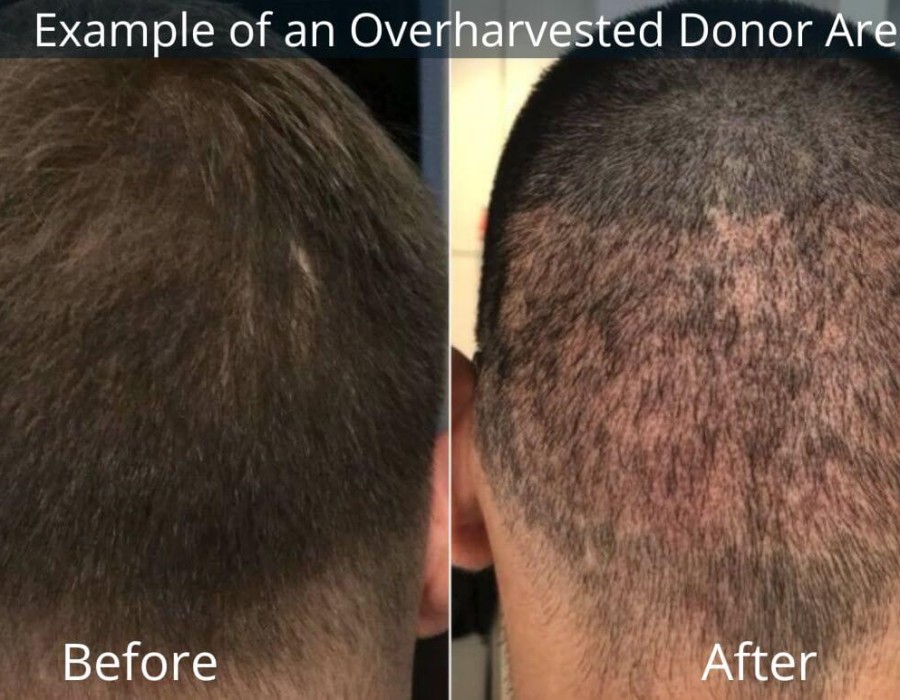The donor area plays a crucial role in determining the success and overall outcome of a hair transplantation procedure. This area, typically located at the back and sides of the scalp, is where healthy hair follicles are harvested for transplantation to balding or thinning areas on the scalp.
Here’s how the donor area impacts the procedure:
- Hair Density and Thickness: The donor area’s hair density and thickness significantly influence how natural and effective the transplanted hair will look. Hair follicles from this region are genetically programmed to be resistant to balding and maintain their characteristics when transplanted. Therefore, a good donor area with high hair density ensures that enough follicles can be harvested to achieve satisfactory coverage and density in the recipient area.
- Scarring and Healing: The method of extraction from the donor area, whether it’s through follicular unit transplantation (FUT) or follicular unit extraction (FUE), affects scarring and healing. FUT involves removing a strip of scalp, leaving a linear scar that can be camouflaged by surrounding hair. FUE, on the other hand, involves individual follicle extraction, leaving tiny dot scars that are less noticeable. The quality of healing in the donor area impacts overall comfort and aesthetic outcome post-procedure.
- Extent of Harvestable Hair: The size and health of the donor area determine how many follicles can be safely extracted in one session. Larger donor areas with good hair density allow for more grafts to be harvested, potentially reducing the need for multiple sessions and optimizing the overall result.
- Long-term Appearance: The stability of the donor area’s hair growth over time ensures that transplanted hair maintains its appearance and doesn’t thin out or fall out due to ongoing balding processes. Since the donor hair is genetically programmed to be permanent, it retains its characteristics and continues to grow naturally in its new location.
- Matching Natural Hair Pattern: Ideally, the hair harvested from the donor area should match the recipient area in terms of hair type, color, and texture. A skilled surgeon carefully selects follicles to ensure a seamless integration with the existing hair, achieving a natural-looking outcome.
- Future Hair Loss Considerations: Surgeons must consider the long-term prognosis of the donor area when planning hair transplantation. Assessing potential future hair loss in this region helps ensure that adequate donor reserves are preserved for potential future procedures if needed.
In summary, the donor area’s health, density, and characteristics are pivotal in determining the success of a hair transplantation procedure. A well-chosen donor area with good hair quality ensures optimal coverage, natural appearance, and long-term satisfaction for the patient undergoing hair restoration. Therefore, thorough evaluation and strategic planning of the donor area are essential steps in achieving a successful outcome in hair transplantation.





Comments